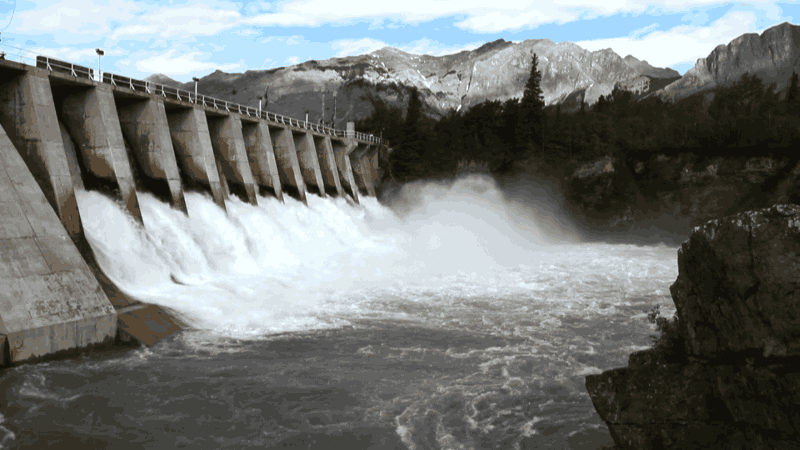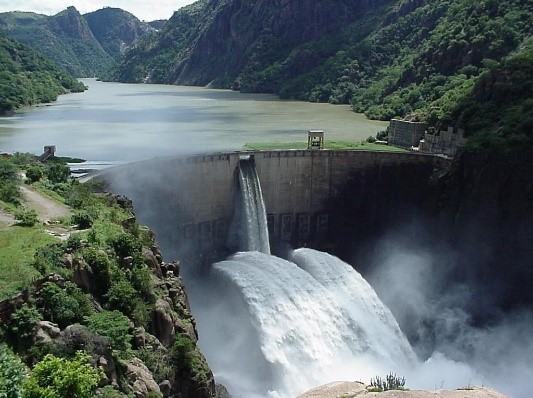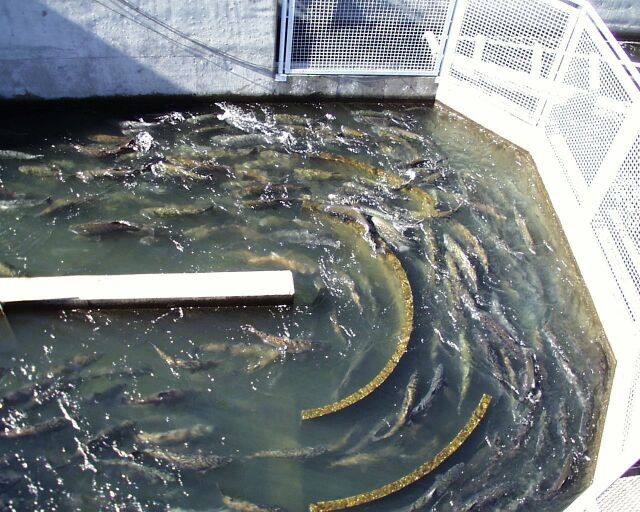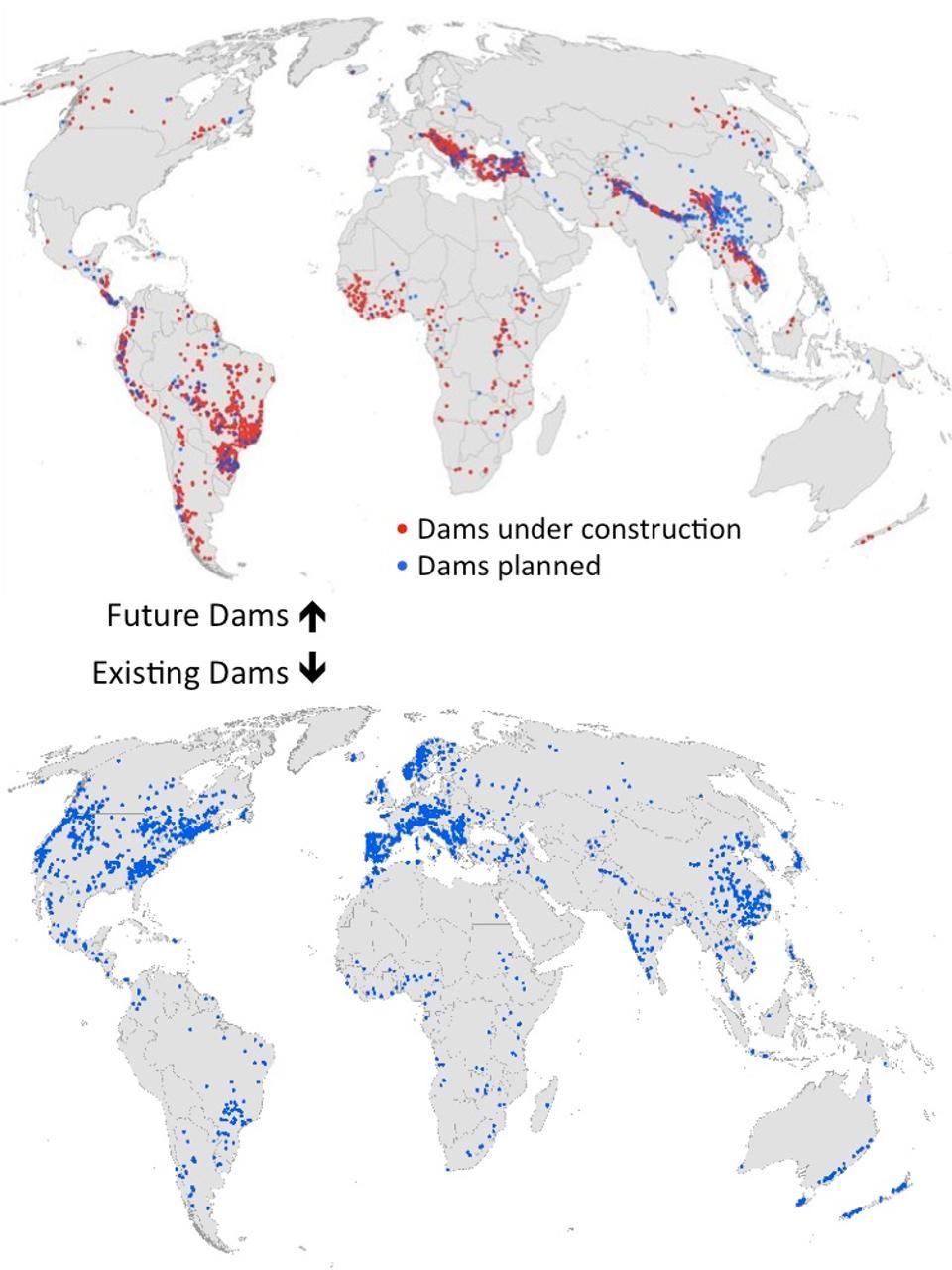Hydro in the Developing World
Hyrdo-electrcity powers a significant portion of the world and many companies, organizations, and governments are looking to expand hydro-electric capabilities. With bodies of water already in use within the developed world, energy pioneers now turn to the developing world to generate power for those who are currently without electrcity.

The developing world has an energy problem. Based on the 2016 World Energy Outlook report nearly 1.2 billion people are still without electrcity - nearly 16% of the population. This is predominatley occuring in sub-Saharan Africa, and developing countries within Asia and South America. No or limited access to electricty is a significant problem for necessities such as lighting, heating, cooking and hygiene. Without electricity, many individuals and families resort to the burning of biomasses for heat and cooking. This creates unhealthy, and often unsanitary, living conditions depending on the biomass being used. With these problems in mind, we must look for innovative energy solutions to bring electricity into these impoverished communities.

One solution that both public and private organizations are looking at is hydro powered energy. Hydro power provides energy in a clean and sustainable way and does so with very low operating costs; making it attractive for developing nations. It is more reliable and stable than its renewable counterparts and it is also cleaner and safer compared to fossil fuels. However, there are some downsides. The initial cost to build a hydro plant or dam is incredibly expensive. This makes it challenging for some developing countries to build without assistance from foreign governments or private organizations. There are also various environmental concerns. Issues include: flooding, drought, and damage to marine life within the area. Also, while the capacity factor for larger dams are high, the capacity factor for smaller/cheaper dams is very limited. This needs to be considered since most dams in developing nations will be relatively small. Weighing the net energy and externalities produced, while also factoring in environmental and social pros and cons, I believe that hydro power is a very viable energy source in the developing world and it is one that needs to continue to be improved upon.
Currently, hydropower is the world's largest renewable energy source powering more than 16% of the world’s energy. This is mainly from developing nations with relatively small dams and plants. Many countries simply can’t afford costly fossil fuel operations for electricity, and since most countries can’t even afford a fossil fuel based energy infrastructure, other renewables such as wind and solar are completely out of the question. With a lack of infrastructure, energy costs are extremely high in these rural, urban, and remote locations. Initial investments in hydro infrastructure are extremely costly but the economic benefits to follow are typically ROI positive. In addition, hydro power makes sense to use when other forms aren’t readily available because many countries have access to bodies of water. Rural villages who harness these local bodies of water will be able to leverage these natural assts and provide themselves with affordable electricity.

The World Bank, an international financial agency, has created many development projects in countries where energy was typically not sustainable or economically feasible. In a northeastern region of Tanzania, they have invested nearly $469 million dollars into creating, expanding, and connecting hydro power and transmission lines within the region. Thermal electric generation previously cost $0.25/kWh; a ludicrously high price to pay in such an economically poor region. For a price reference, that price per Kilowatt hour is double the price of electricity in Colorado. However, after the project is finished the price is expected to drop dramatically to $0.062/kWh, a much more reasonable cost.

Hydro power has immense benefits to the developing world with its low operating costs, environmental benefits, and renewability. However, there are a few cases where hydro can lead to large costs and damage to the natural world. One risk to the environment caused by hydro is how it affects certain fish populations when they go through the dams or processing plants. Research published by the Journal of Renewable and Sustainable Energy stated, “When fish enter the dam, water is decompressed to a point where the fish can no longer control where they swim. This causes them to be thrown into walls of the dam, which causes stress, tears, and even death.” The reason this is so concerning is because fish are a vital part of marine ecosystems. Not only do other animals depend on these fish to survive but the human populations often rely on these fish for their livelihoods and food sources.

Flooding due to breakage or leaks, as well as severe droughts are unlikely but serious concerns. It is important to account for these scenarios because these issues cripple small rural communities. In the case of a flood, the concern is that the flooding would displace many people from their homes along with destroying crops and agriculture. The possibility of drought, which is much more likely to occur, is also a very serious concern. Restricting water flow during a drought can cause agricultural concerns to local farmers. It is also worth noting that the price of energy produced is directly correlated to water flow. This means with less water flow, the turbines within the hydro plant would spin slower, produce less energy, and drive up the cost of electricity. This is why some advocate for fossil fuels. In contrast, using fossil fuels creates a significantly less degree of variability in terms of energy production. Variability of supply and price is something that these rural communities cannot afford.
When discussing hydropower, many people challenge the idea of how sustainable it is. The world’s population is always growing but we have a finite source of river and streams we can use to create hydro power. However, an Environmental Impact Assessment stated, "while we currently produce close to 3,300 TWh/y of hydropower, the world has a technical potential for 16,400 TWh/y many of which comes from developing nations." Since hydro power still has an opportunity to impact global energy, I believe that developing nations should continue to invest in hydro power. Developing nations should have a diverse portfolio of energy options; including both fossil fuels and renewables. Investing in whatever makes the most economic sense, what will produce the most energy for the most people, and sustainable renewable energy will be optimal for both people and planet.